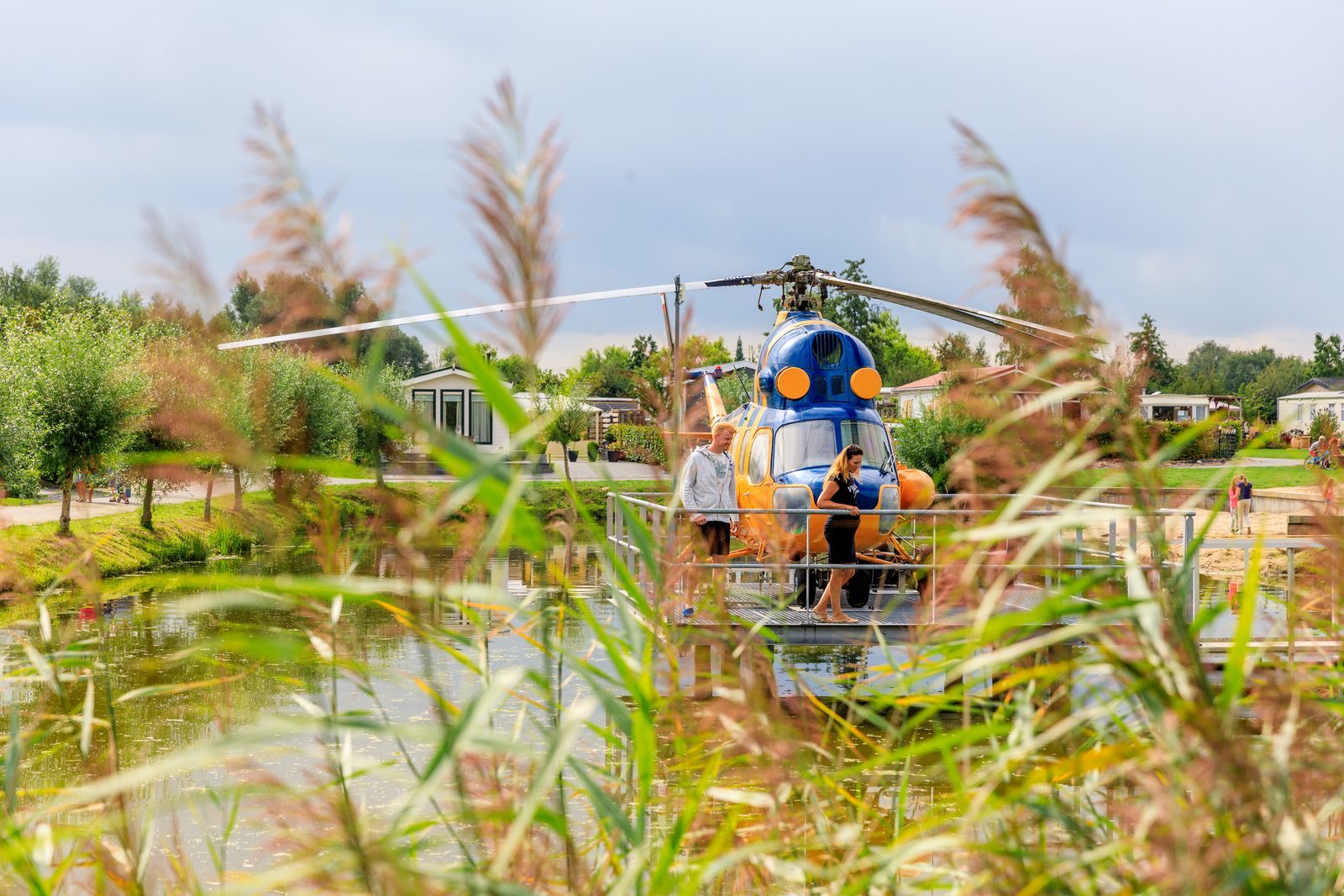
- Home
- Vollenhove, a rich history
Vollenhove is a small town with a rich history. In the year 994, the town was mentioned for the first time in the Netherlands under the name Fulnaho (bird forest). It was a large forest and an important area for hunting. In the following years, the town of Vollenhove grew bigger. In the 12th century a fortress and a church were built.
It was built by the Godfried van Rhenen, a bishop from Utrecht, to protect against raids by the Frisians from Stellingwerven. Over the years, the fortress/church was extended more and more. There's an entire history about this fortress, but in the end it was demolished and the moat was turned into a harbour. The church is still there, but has changed a lot over the years. The old church is located under the southern wall, the side wall and the lawn between the south wall and the harbour.
Vollenhove is a fishing town. The 15th century was the most glorious century for Vollenhove, with its sturgeon fishing industry. Vollenhove and Kampen grew into centres for sturgeon fishing.
Vollenhove became the number one visitor centre in the northern provinces of Groningen, Friesland and Overijssel. Drenthe was rejected, because it was too poor. Over the years, the city fell into disrepair. The inhabitants of Vollenhove settled around the ruins of Castle Toutenburg. The remains of the castle can still be seen. During WWII, Vollenhove became important for the work in the region, because the impoldering of the North-East Polder had started.
Nowadays, the city of Vollenhove is blooming. It offers many tourist attractions for a small city. You can visit the harbour, the old tram station and the Great Church of Vollenhove. In August, there's the yearly flower parade. The city is famous for its many monumental buildings.
Botterwerf Vollenhove
Resting point
Excursions
Weerribben Wieden


Discover on land, at sea, and by air
On land
There are many miles of hiking and cycling routes spread across the beautiful nature reserve. These will lead you past the most beautiful parts of nature and many unique villages and towns in this fantastic piece of Overijssel.




